
Córdoba: the tax burden is the highest in the past 25 years
A report by Casa Tres reveals that high taxes are one of the main concerns for Cordobans,
A report by consulting firm Casa Tres reveals that high taxes are one of the main concerns for Cordoba residents.
It is not surprising. The tax burden is the highest in the last 25 years, according to an analysis by the aforementioned company.
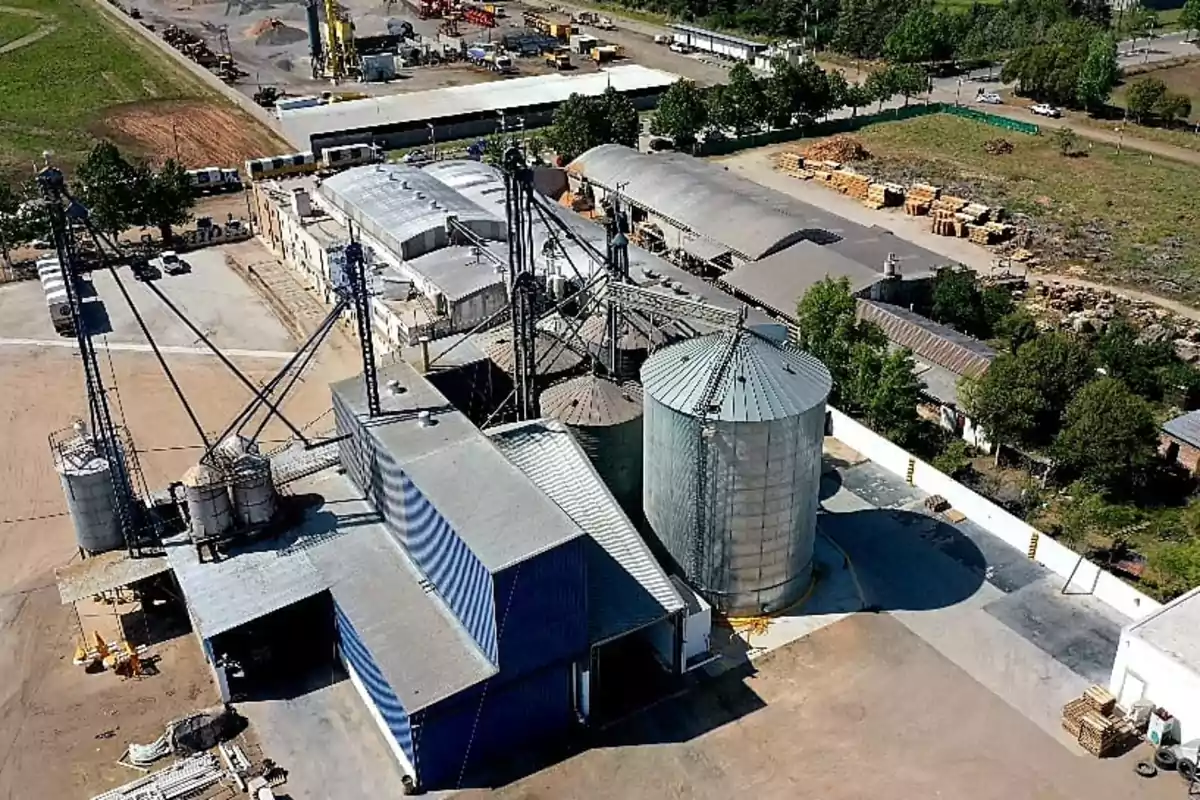
"Poniendo estaba la gansa" is the title of the report by the consulting firm led by Mora Jozami, which warns that, despite everything, the Mediterranean province has room to lower taxes.
Taxes in Córdoba
Among the main conclusions of the study, the following can be mentioned:
-Córdoba's tax burden has doubled in the last 25 years and reached a historic high. The tax burden reached 7.2% of its GGP, the highest in the last two decades.
-Cordoba residents are speaking: high taxes are already the third main problem in the province.
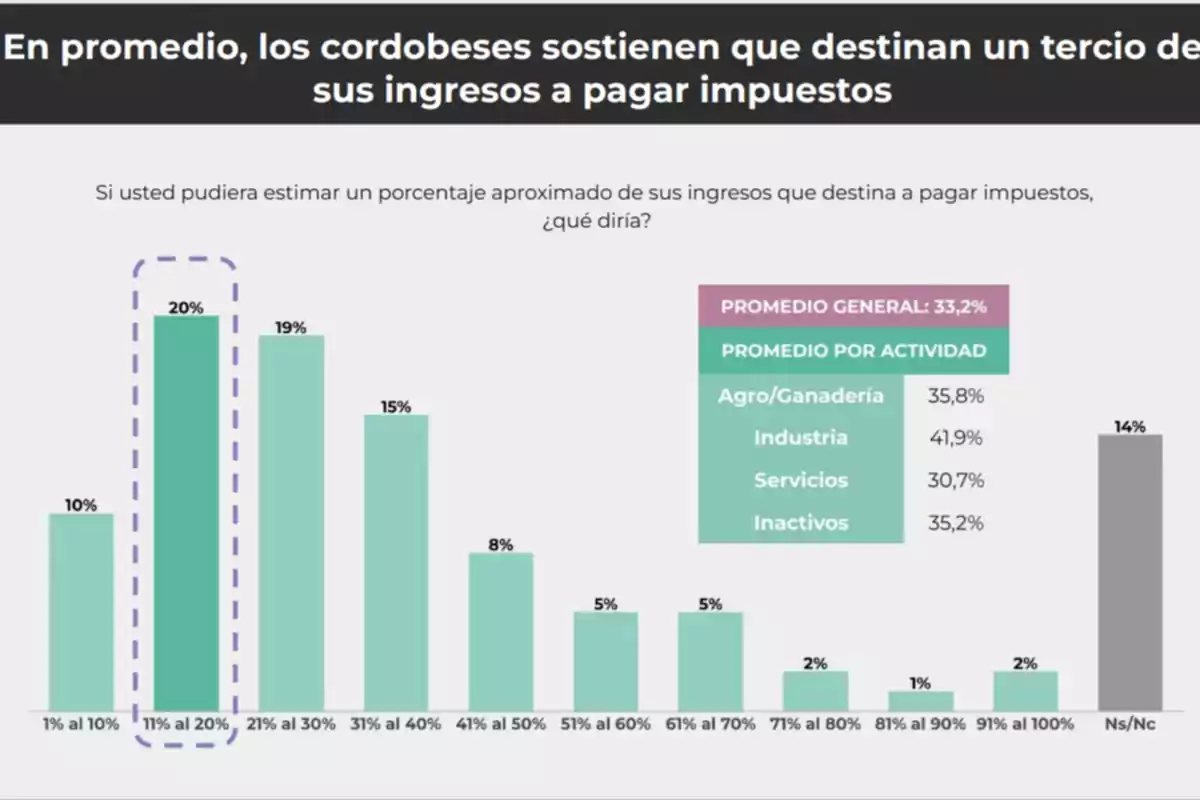
Almost half acknowledge that they pay more provincial than national taxes, and for 65%, it is up to Governor Martín Llaryora to address this issue in the first instance. Nearly 8 out of 10 rate the latest "tax hike" as unjustified given the services and works of the Provincial Government.
-The province has room to lower taxes: other provinces pay less and collect more. A Cordoba SME can be affected by more than 40 taxes.
However, in Santa Fe, with a significantly lower effective tax burden, more is collected than in Córdoba.
Public spending in Córdoba
For 2025, the province of Córdoba projects public spending of $9 trillion, an increase of 38% in nominal terms and 8% in real terms compared to what was projected for 2024.
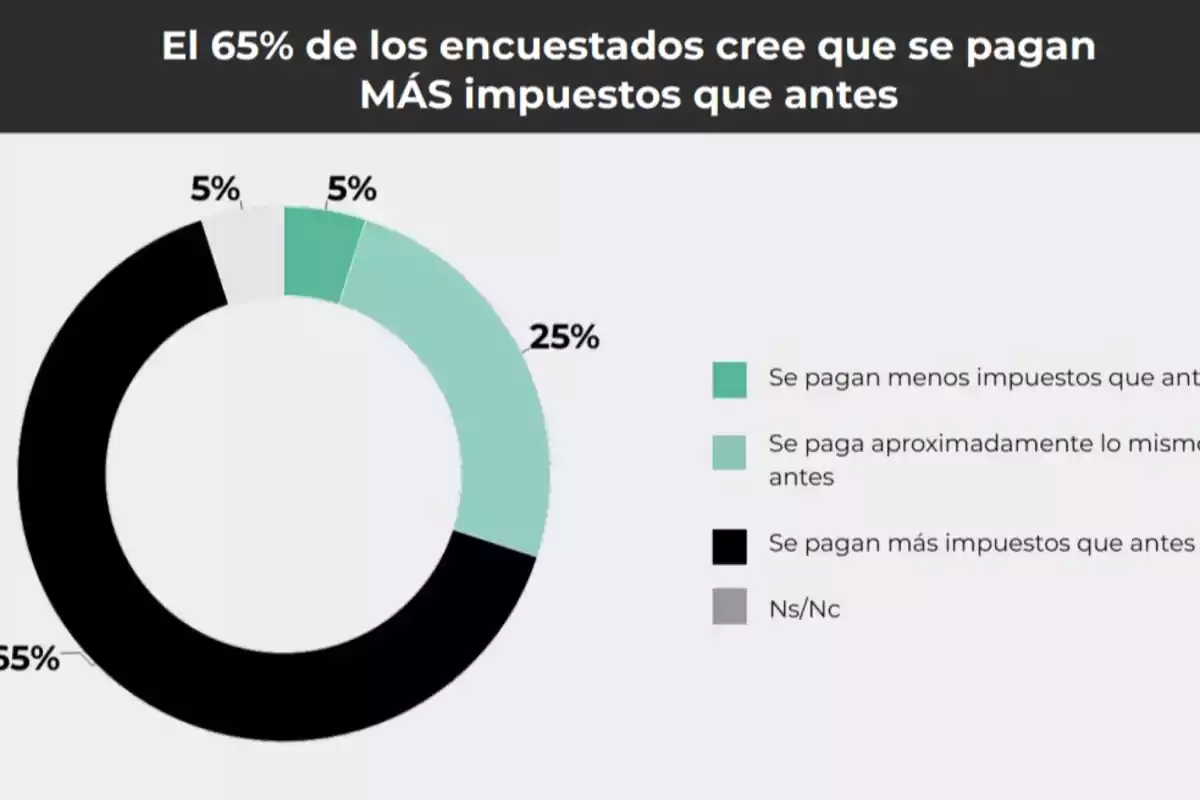
According to the report, 32% of this spending is allocated to personnel.
Although in 2024 there was an 11% drop in public spending, this effort seems to have been reversed and motivated the government to resort to one of the highest tax hikes in the province's and the country's history.
Taxes at the national level
According to a study conducted by Ieral, the institute of Fundación Mediterránea, in the last 25 years, the national tax burden increased by 44%, while the provinces went a step further and increased their taxes by 48%.
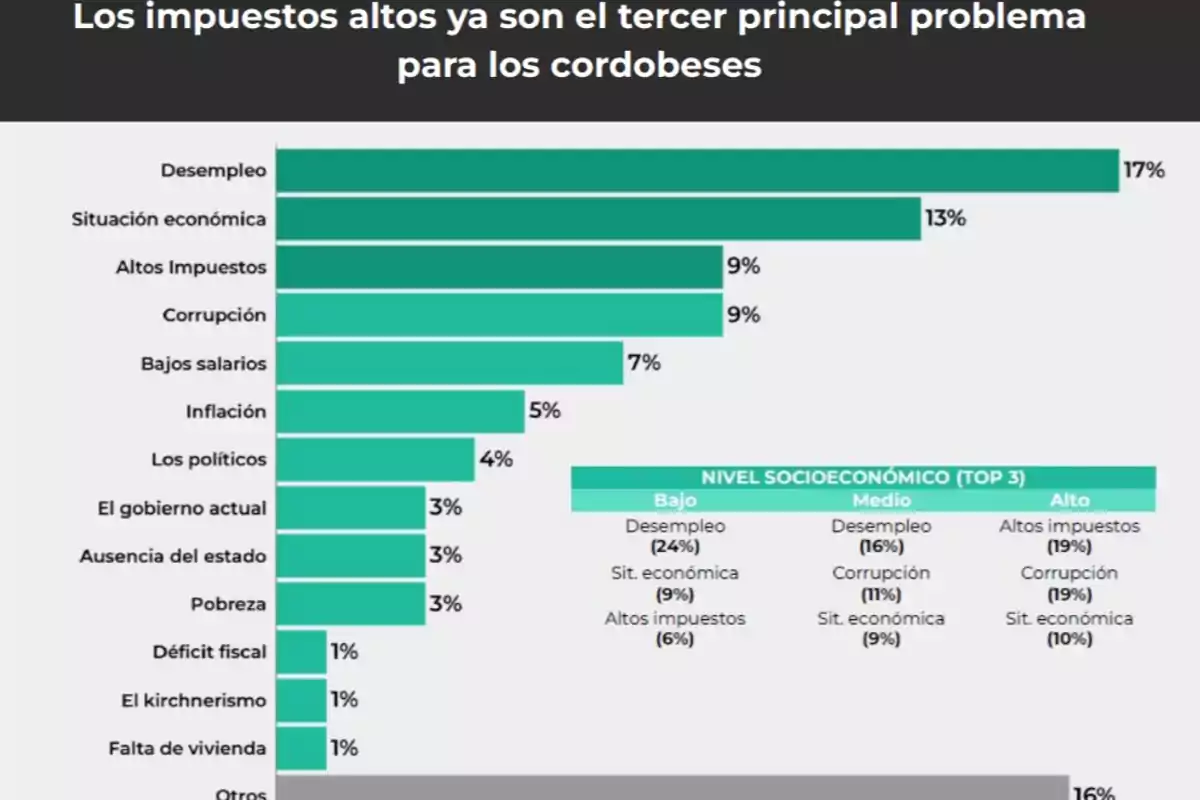
The structure of provincial taxes is mainly composed of gross income, stamp, property, and automotive taxes.
The gross income tax went from representing 1.9% of GDP in 2000 to 4.1% of GDP in 2024.
However, the property tax lost ground, as it went from contributing 0.6% of GDP in 2000 to 0.3% in 2024.
The tax structure of Córdoba
The province's revenue structure consists of 44% federal revenue sharing and 36% collection through provincial taxes, which increased by 9% in real terms compared to 2024.
Based on the budget, of the collection of taxes of provincial origin, 82% corresponds to Gross Income, 10% to Property and Automotive, and 8% to Stamp taxes.
An extraordinary tax hike in Córdoba
The provincial government has not yet published final figures on the actual increase in taxes in 2025.
Although the Provincial Revenue Department stated that "all urban taxes in Córdoba" would have a "cap of 172%," some users have reported receiving increases of over 1,000% on their bills.
"According to our projections based on effective provincial collection and Córdoba's Gross Geographic Product, the effective tax burden will reach 7.3% in 2025", the study indicates.
This is the highest value in the last 25 years.
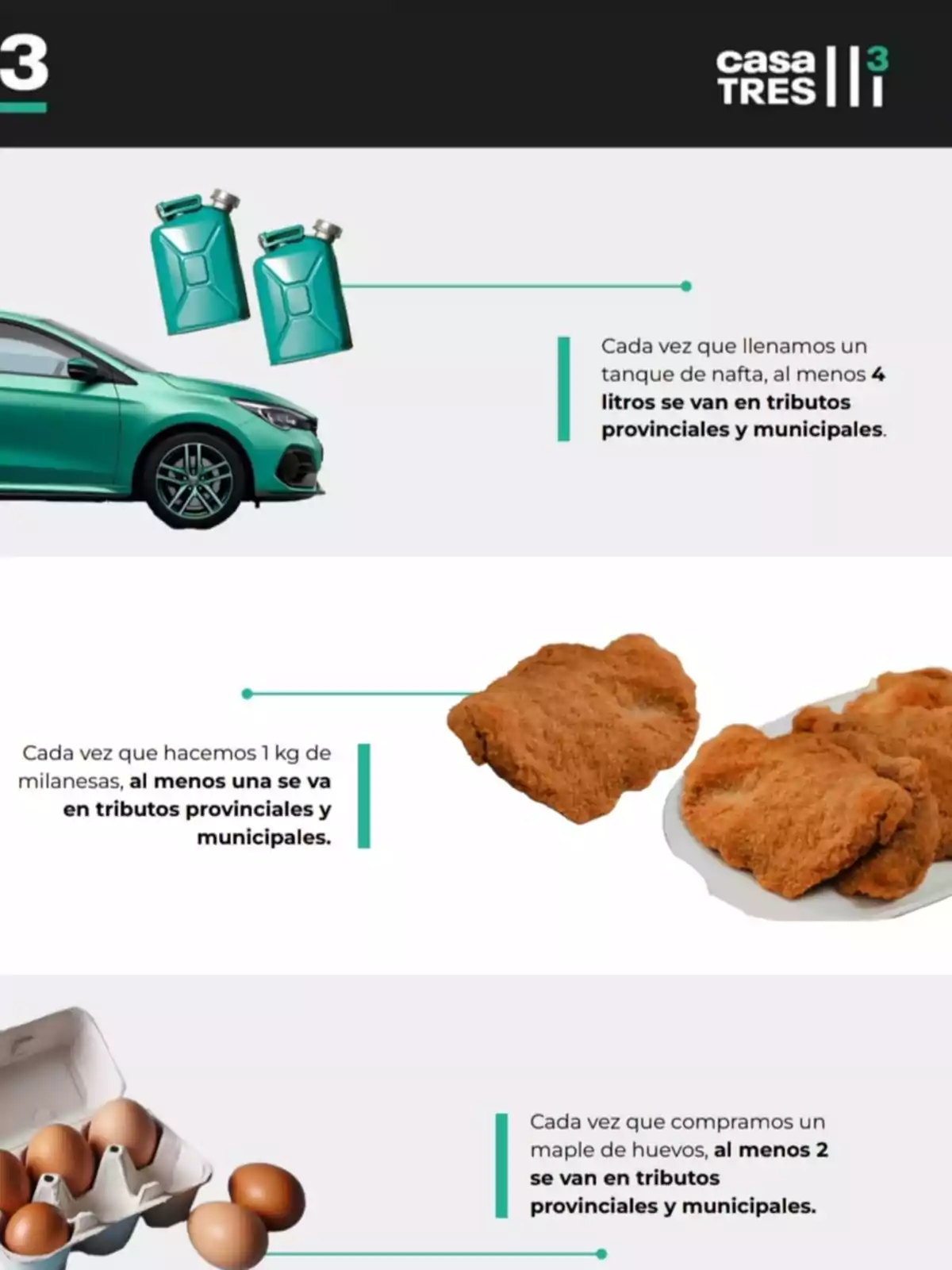
Since the beginning of the century, taxes have not been as high in Córdoba as they are now.
Córdoba, in fourth place nationwide in taxes
The Casa Tres study indicates that the "Córdoba cost" is significantly higher than that of Santa Fe, a province with a similar population and productive structure, which recorded a 6.7% tax burden.
If only taxes on registrable goods, such as property and automotive taxes, are considered, Córdoba ranks 4th nationwide in terms of tax burden, while Santa Fe ranks 12th.
However, the most striking fact is that, according to official information, despite having a 15% higher tax burden than Santa Fe, Córdoba has 12% lower revenues than its neighboring province.
Other provinces, with more balanced tax structures, showed stronger fiscal performance compared to Córdoba.
Living and working in Córdoba is more expensive from a tax perspective than in many other provinces in Argentina.
Of the more than 150 different types of taxes that exist nationwide, a Cordoba SME
can be affected by more than 40 of them.
Examples of the tax burden in Córdoba
Every time we fill a gas tank, at least 4 liters go to provincial and municipal taxes.
Every time we make 1 kg (2.2 pounds) of milanesas, at least one goes to provincial and municipal taxes.
Every time we buy a carton of eggs, at least 2 go to provincial and municipal taxes.
More posts: